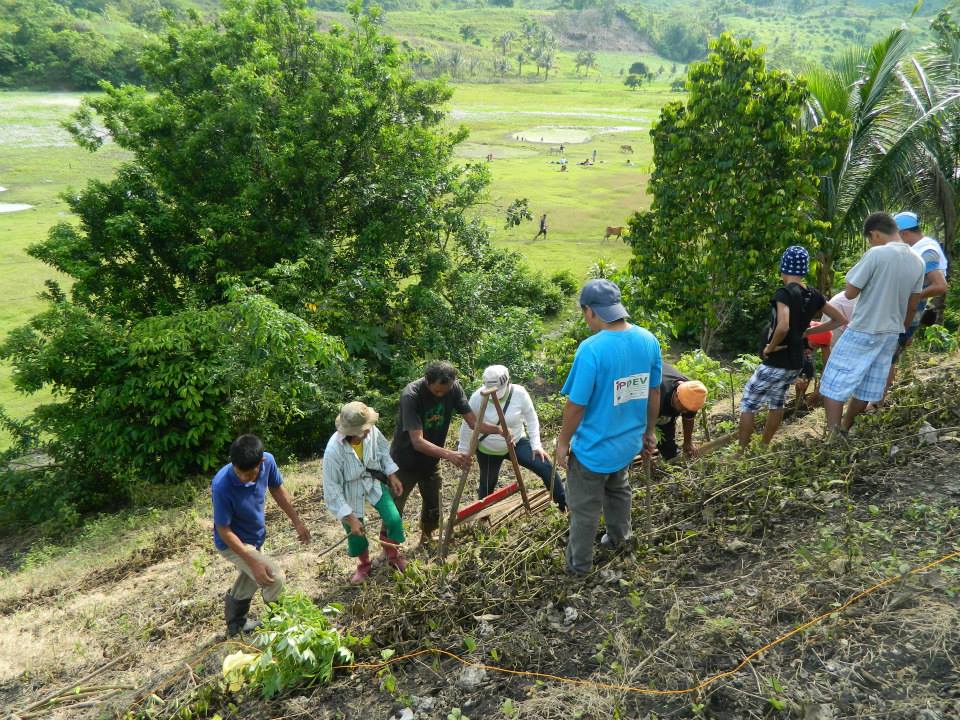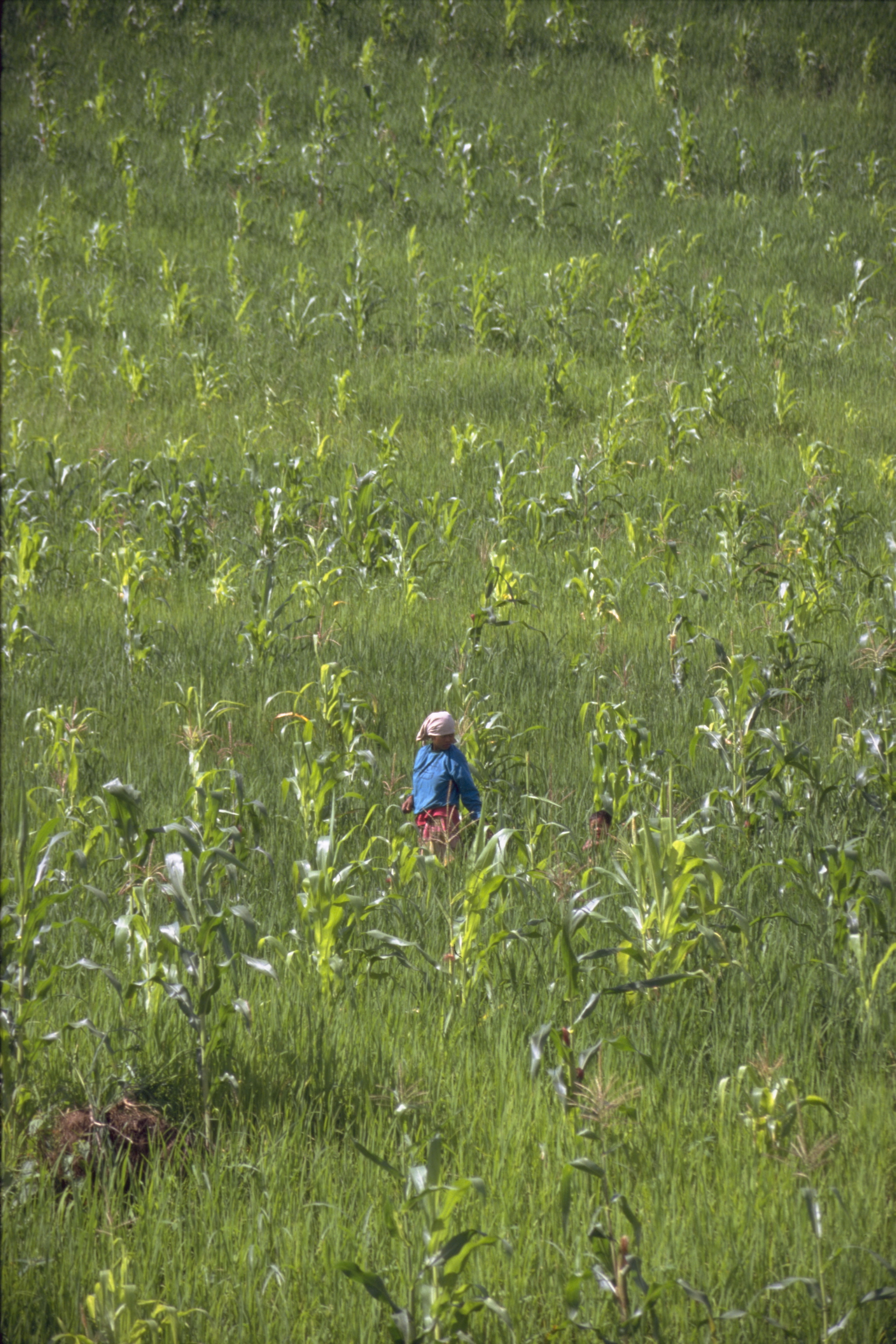
In the midst of the COVID-19 pandemic, journalists have attempted to overcome the hurdles of the world’s new normal, including the challenges of restricted travel, limited in-person interactions, and discovering innovative ways of safely reporting. However, while vaccine rollouts have propelled society to a safer reality, several locations remain impaired by the pandemic.
Reuters reports that as of February 2022, the Philippines experienced around 14,000 new infections each day. While over 134 million doses of COVID-19 vaccines have been administered, the rate of daily new infections continues to rise. With many Philippine localities requiring aspects of society to remain closed in order to contain the spread of the virus, I wondered how limited in-person reporting would affect the portrayal of Indigenous Filipinos’ stories.
Yet, through conversations with my sources over phone or email, I gathered nuanced perspectives that proved the power of storytelling.
I am grateful to Maria* for trusting me and giving me the opportunity to share her story as well as reveal her passionate fight for the Matigsalug community with the world. Contributions from Timuay Cio, Dr. Augusto Gatmaytan, and Signe Leth shed light on the stakes of Indigenous populations fighting for their native land. Each is impressively forging a path of recognition and protection of human rights for Indigenous communities around the world—a fight that continues.
Developing networks with key individuals in the field of Indigenous rights and journalism aided me immensely along the frontier of remote reporting. A special thank you to Nonette Royo, executive director of the Tenure Facility, and Florence Daguitan, program coordinator for the Indigenous Peoples and Biodiversity Program at Tebtebba Indigenous Peoples' International Centre for Policy Research and Education. Royo and Daguitan served as incredible resources connecting me with key experts on ancestral land rights. In addition, having my encouraging adviser Pat Nabong alongside me throughout each step of this process provided an unparalleled support system.
My conversations with experts in the field of Indigenous rights concluded with this message from Gatmaytan to the global community: “Society can contribute by urging their nation’s representatives to liberalize local community access to the United Nations as well as international and regional bodies that assist in monitoring the state and welfare of Indigenous groups. Supporting the formation of global and regional inter-ethnic alliances can ensure the voices of Indigenous peoples are included in matters affecting their rights as well as channeling necessary funding and resources to these communities. Furthermore, continuously educating oneself on these issues, such as amplifying human rights violations and massive corporate encroachments on territories, can ensure Indigenous groups can be heard.”
Leth echoes the importance of civilians serving as allies: “The world can aid Indigenous peoples by continuing to speak up and exposing the violations by governments and companies. This includes assisting local communities affected by documenting the violations and seeking redress and justice.”
Following these conversations, a unilateral theme of resilience is revealed. Indigenous peoples including Maria hold immense pride in their land as an extension of themselves and their families. In order for communities to receive the necessary support to regain control of their ancestral domain, accountability and collaboration among all levels of society are necessary.
Maria remains optimistic about the future of her tribe. “Our community is very simple. We know how to live peacefully. In the end, our land will be passed down to the next generation,” she says with beaming confidence.
*Editor's Note: Maria’s name has been changed for her protection.








